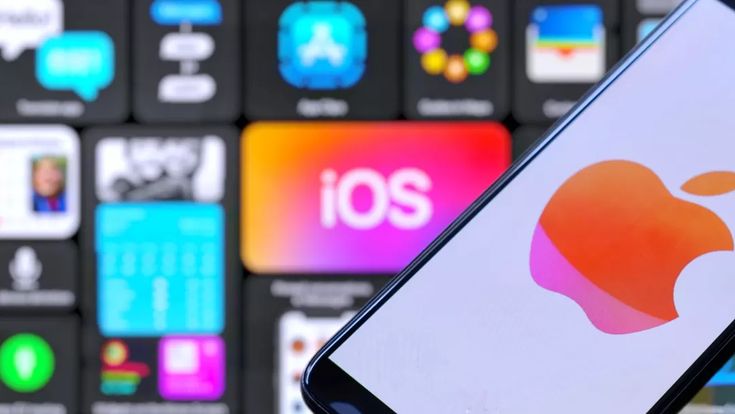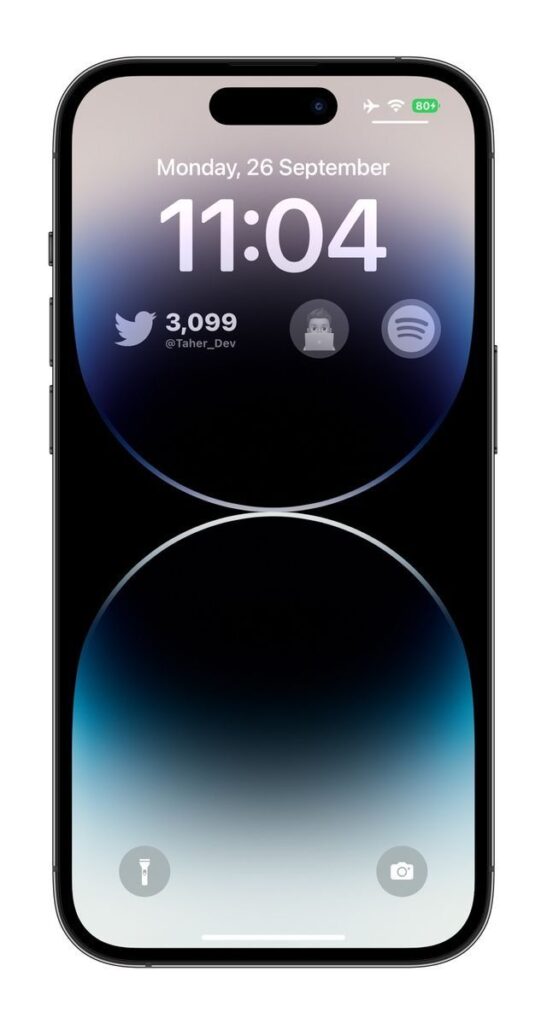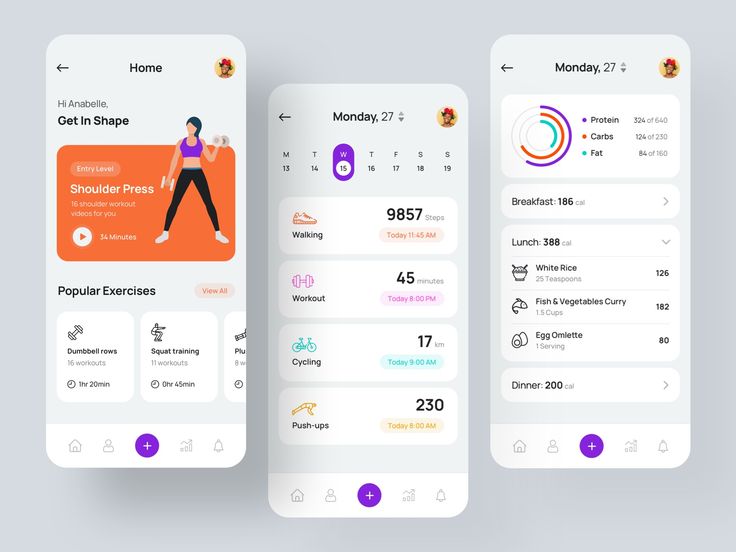Table of Contents
Apple iOS 17.5: Apple’s Latest Updates and Enhancements Beneficial for Users.
Apple iOS 17.4.1: Enhancements and Features
Apple iOS 17.4 – Features, Tips, and Enhancements

Apple iOS Rapid Security Response Update: Enhancing Device Security in Real-Time
In the ever-evolving digital security landscape, timely response to emerging threats is crucial. Apple, a leading figure in the technology industry, has consistently prioritized user security and privacy. With the introduction of the Apple iOS Rapid Security Response Update, Apple has taken a significant step forward in ensuring that users are protected from critical vulnerabilities as quickly as possible. This article delves into the details of RSR updates, exploring their purpose, implementation, benefits, and impact on overall device security.
The Evolution of Security Updates
Traditionally, operating system updates, including those for iOS, were scheduled periodically. These updates bundled various improvements, bug fixes, and security patches into a comprehensive package. While effective, this approach had a significant drawback: critical security patches had to wait until the next scheduled update, potentially leaving devices vulnerable for an extended period.
To address this, Apple introduced the concept of Apple iOS Rapid Security Response Update. These updates are specifically designed to deliver critical security patches independently of the regular iOS update schedule. This means that when a significant vulnerability is identified, Apple can immediately push a fix to users, significantly reducing the exposure window to potential exploits.

Purpose and Significance of Apple iOS Rapid Security Response Update
The primary purpose of RSR updates is to provide a mechanism for delivering urgent security fixes to iOS devices in a timely manner. This proactive approach is particularly important given the increasing sophistication of cyber threats. By decoupling security patches from regular feature updates, Apple ensures that users receive the necessary protection without delay.
RSR updates are crucial in scenarios where vulnerabilities are being actively exploited in the wild. In such cases, the ability to quickly patch the issue can prevent widespread attacks and minimize the impact on users. This approach aligns with Apple’s broader commitment to safeguarding user data and maintaining the integrity of its devices.
Implementation and User Experience
RSR updates are designed to be seamless and user-friendly. When a critical security patch is available, users are notified through the usual Software Update mechanism in the Settings app. The process for installing an RSR update is straightforward: users can simply tap the “Download and Install” button, and the update is applied quickly, often without the need for a full device reboot.
One of the key advantages of RSR updates is their smaller size compared to traditional iOS updates. This not only speeds up the download and installation process but also reduces the likelihood of disruption to the user’s routine. The lightweight nature of these updates ensures that users can receive critical security patches even with limited data connectivity.

Frequency and Scope of RSR Updates
Unlike regular iOS updates, which are typically released on a fixed schedule, RSR updates are issued on an as-needed basis. This means that the frequency of RSR updates is directly tied to the emergence of new security threats. Whenever a significant vulnerability is discovered, Apple can deploy an RSR update to address the issue promptly.
The scope of RSR updates is focused solely on security. These updates do not include new features or non-security-related bug fixes. This targeted approach ensures that the updates are efficient and do not introduce unnecessary changes to the user experience. By isolating security patches from other updates, Apple can maintain a high level of stability while addressing critical issues.
Compatibility and User Control
RSR updates are available for the most recent versions of iOS. Users must be on the latest iOS version to receive these updates. This requirement underscores the importance of keeping devices up to date with the latest software, as it ensures compatibility with the latest security measures.
Apple provides users with the option to disable RSR updates if they choose to. While this level of control is appreciated by some users, it is generally not recommended due to the potential security risks. Disabling RSR updates can leave devices vulnerable to critical exploits, undermining the protective measures that Apple has put in place.

Benefits of Apple iOS Rapid Security Response Update
The introduction of Apple iOS Rapid Security Response Update offers several key benefits for both users and the broader iOS ecosystem:
- Enhanced Security: The most obvious benefit is improved security. By delivering critical patches rapidly, Apple can mitigate the risk of exploits and protect user data more effectively.
- Reduced Exposure: RSR updates minimize the window of exposure to vulnerabilities. This is particularly important for zero-day vulnerabilities, where attackers exploit security flaws before they are patched.
- User Trust: By prioritizing security and demonstrating a commitment to protecting users, Apple reinforces trust in its devices and ecosystem. Users can feel more confident that their data is secure.
- Operational Efficiency: The targeted nature of RSR updates allows for efficient patching without the need for extensive testing and validation of unrelated features. This streamlines the update process and ensures that critical fixes are deployed swiftly.
- Flexibility: The ability to deploy security patches independently of regular updates provides Apple with greater flexibility in responding to emerging threats. This adaptability is crucial in the fast-paced world of cybersecurity.

Case Study: Addressing a Zero-Day Vulnerability
To illustrate the impact of RSR updates, consider a hypothetical scenario where a zero-day vulnerability is discovered in iOS. This vulnerability, if left unpatched, could allow attackers to gain unauthorized access to sensitive user data. In the past, addressing such an issue might have required waiting for the next scheduled iOS update.
With RSR updates, Apple can respond immediately. Upon identifying the vulnerability, Apple’s security team works swiftly to develop a patch. The patch is then tested and validated before being pushed to users as an RSR update. Within hours, millions of iOS devices receive the critical fix, closing the security gap and preventing potential exploitation.
This rapid response not only protects users but also demonstrates Apple’s commitment to maintaining a secure ecosystem. The ability to address such threats in real-time is a testament to the effectiveness of RSR updates.

Conclusion
In an era where digital security is paramount, Apple iOS Rapid Security Response Update represents a significant advancement in protecting users from emerging threats. By decoupling critical security patches from regular iOS updates, Apple ensures that vulnerabilities are addressed promptly, reducing the risk of exploitation. Apple iOS Rapid Security Response Update
Apple iOS Rapid Security Response Updates offer a seamless and efficient way to enhance device security, providing users with the peace of mind that their data is protected. As cyber threats continue to evolve, the importance of timely security updates cannot be overstated. Apple’s proactive approach with RSR updates sets a high standard for the industry, reinforcing its reputation as a leader in technology and user privacy.
In summary, the introduction of Apple iOS Rapid Security Response Update marks a pivotal moment in the ongoing effort to safeguard digital devices. By prioritizing security and enabling swift responses to critical vulnerabilities, Apple is helping to create a safer and more secure digital environment for all users.
https://www.youtube.com/channel/UCc0yrb6UaZL9CeynORABlQw


Very interesting info!Perfect just what I was searching for!Expand blog